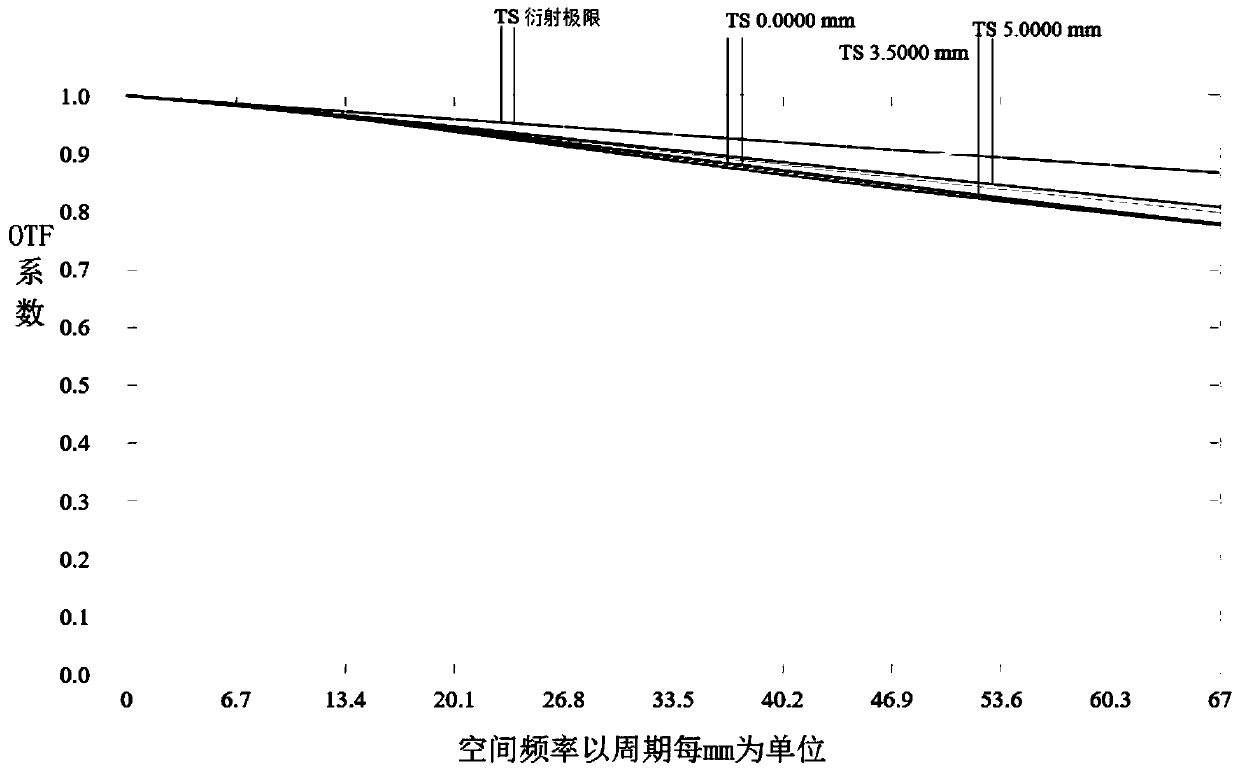Optical imaging system for detecting adaptability of cornea to AR equipment
An optical imaging system and adaptive technology, applied in optics, optical components, instruments, etc., can solve problems such as low resolution, poor image quality, and 3D vertigo
- Summary
- Abstract
- Description
- Claims
- Application Information
AI Technical Summary
Problems solved by technology
Method used
Image
Examples
Embodiment Construction
[0017] In order to understand the above-mentioned purpose, features and advantages of the present invention more clearly, the present invention will be further described in detail below in conjunction with the accompanying drawings and specific embodiments.
[0018] In the following description, many specific details are set forth in order to fully understand the present invention. However, the present invention can also be implemented in other ways different from those described here. Therefore, the protection scope of the present invention is not limited by the specific details disclosed below. EXAMPLE LIMITATIONS.
[0019] An optical imaging system that detects the suitability of the cornea for AR devices, such as figure 1 , including the first meniscus lens 1, the first doublet lens 2, the second doublet lens 3, the aperture stop 4, the third doublet lens 5, the fourth doublet lens 6 and the first doublet lens arranged in sequence along the same optical axis Two meniscus ...
PUM
| Property | Measurement | Unit |
|---|---|---|
| Aperture diameter | aaaaa | aaaaa |
Abstract
Description
Claims
Application Information
 Login to view more
Login to view more - R&D Engineer
- R&D Manager
- IP Professional
- Industry Leading Data Capabilities
- Powerful AI technology
- Patent DNA Extraction
Browse by: Latest US Patents, China's latest patents, Technical Efficacy Thesaurus, Application Domain, Technology Topic.
© 2024 PatSnap. All rights reserved.Legal|Privacy policy|Modern Slavery Act Transparency Statement|Sitemap



